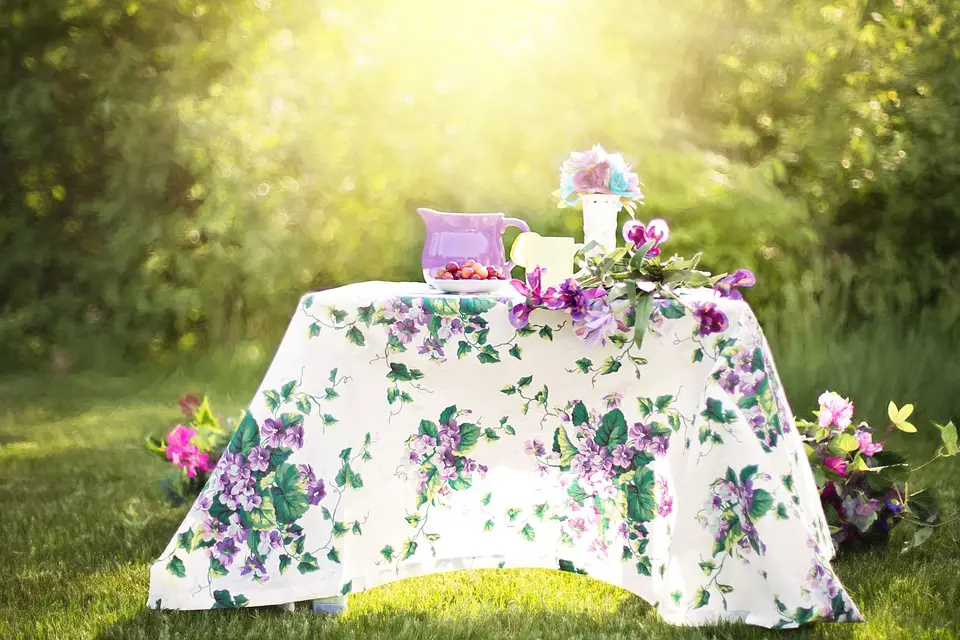Introduction
Growing flowers in your garden can bring life and beauty to your outdoor space. With a little knowledge and the right approach, you can take your garden to the next level and achieve stunning results. In this article, we will explore some outdoor flower growing tips that will help you create a vibrant and flourishing garden.
Choose the Right Location
The success of your outdoor flower growing largely depends on selecting the right location. Most flowers need at least six hours of direct sunlight every day. Find an area that receives ample sunlight and is protected from strong winds. Additionally, ensure the soil in the chosen location is well-drained to prevent waterlogging and root rot.
Select the Appropriate Flowers
Choosing the right flowers is crucial for a successful outdoor garden. Consider the climate and weather conditions of your region. Opt for flowers that are well-suited to the local environment. Native plants typically thrive without much effort as they have adapted to the area’s conditions. Additionally, select flowers that bloom throughout the seasons to ensure continuous blooming and color in your garden.
Prepare the Soil
A well-prepared soil is essential for healthy flower growth. Prior to planting, remove any weeds or grass from the designated area. Loosen the soil using a garden fork to ensure proper aeration and drainage. Incorporate organic matter, such as compost or well-rotted manure, to increase the soil’s fertility and moisture retention capacity.
Watering and Fertilizing
Proper watering and fertilizing contribute significantly to the health and vitality of your flowers. Water your plants deeply but infrequently to encourage deep root growth. Ensure the soil is moist but not waterlogged. Mulching can help retain moisture and prevent weed growth. Additionally, use a balanced flower fertilizer that provides essential nutrients for optimal growth. Follow the instructions on the fertilizer packaging for appropriate application rates.
Regular Maintenance
Maintaining your garden regularly is crucial for long-term success. Regularly remove spent flowers, also known as deadheading, to encourage continuous blooming. Monitor for pests and diseases and take appropriate action if necessary. Weeding should be done regularly to prevent competition for nutrients and space. Finally, consider dividing perennials every few years to promote healthier growth.
Protect from Pests and Extreme Weather
Pests and extreme weather conditions can directly impact the health and productivity of your outdoor flowers. Implement preventive measures to protect your garden from common pests. This can include using organic pesticides, companion planting, or creating physical barriers. In extreme weather conditions, such as heavy rain or intense heat, provide necessary protection. Covering delicate flowers or moving potted plants indoors during harsh weather can ensure their survival.
FAQs Section
1. How often should I water my flowers?
The frequency of watering depends on various factors, including the flower species, soil type, and weather conditions. As a general rule, water deeply when the top inch of soil feels dry. Remember to adjust the frequency during different seasons to meet the changing water needs of your flowers.
2. Can I grow flowers in containers?
Absolutely! Many flowers thrive in containers, making them an excellent choice for small spaces or balconies. Ensure the container has proper drainage holes and use a well-draining potting mix. Remember to water container plants more frequently as they tend to dry out faster than plants in the ground.
3. How can I attract pollinators to my flower garden?
To attract pollinators like bees and butterflies, incorporate plants that produce nectar and pollen-rich flowers. Examples include lavender, zinnias, and coneflowers. Avoid using harmful pesticides and provide water sources, such as shallow dishes or birdbaths, for pollinators to drink from.
4. Should I deadhead my flowers?
Deadheading helps promote continuous blooming in many flower species. By removing spent flowers, you redirect the plant’s energy towards producing new buds instead of seeds. This results in prolonged blooming and overall healthier plants.
5. How do I prevent diseases in my flower garden?
Disease prevention starts with ensuring good air circulation and minimizing moisture on the foliage. Avoid overhead watering and water early in the day to allow the leaves to dry before evening. Regularly inspect your plants for any signs of disease, and if necessary, use appropriate organic or chemical treatments recommended for the specific disease.





